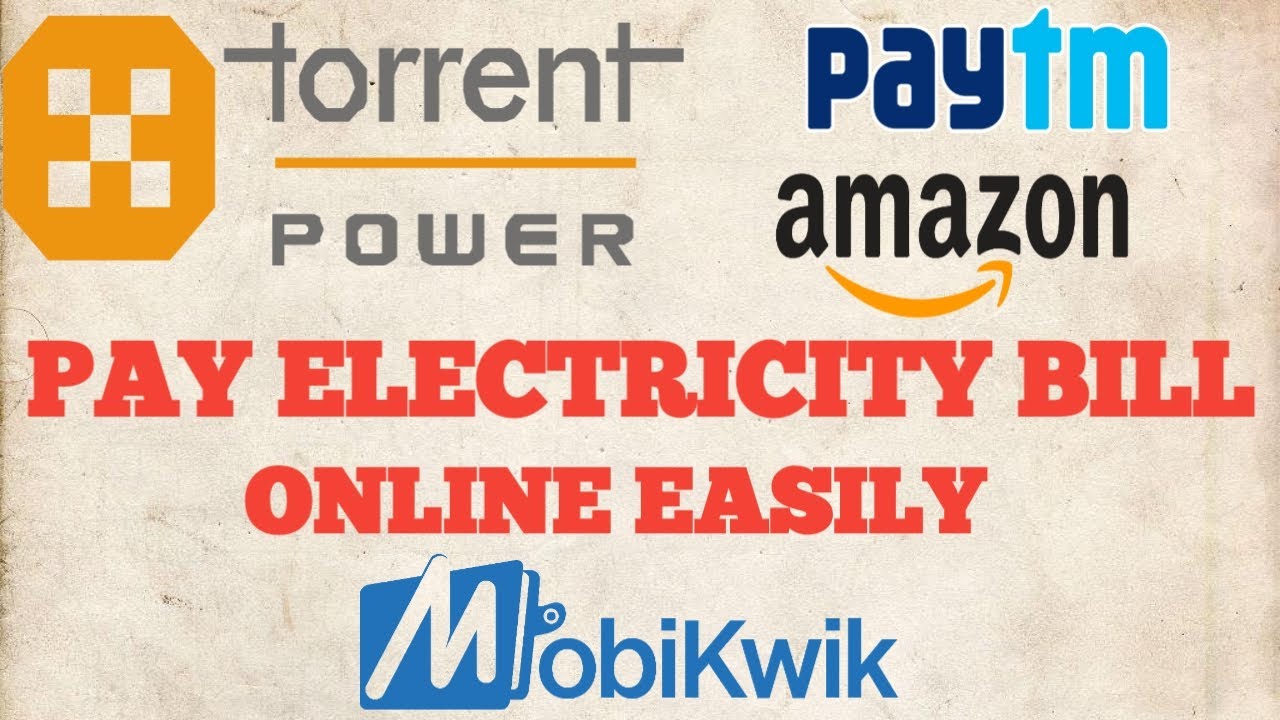Renting an apartment for the first time can be an exciting experience! However, it is important to also keep in mind that there will be different costs associated with renting. Keep reading to find out about the monthly bills you will have to pay when renting an apartment.
Once you move into your apartment and have stayed there for a month, you will need to make your first rent payment. Rent is usually due the first of the month, every month, at the agreed-upon rent amount listed on your lease. Most landlords/property management companies will ask that you pay rent via a check, or through an online portal. Some places may allow you to make a cash payment for rent, but that is not too common.
Most leases are year-long or more, while others can be six months or you may be able to rent from month to month. The good thing about a longer lease is that your rent amount will be locked in until renewal. But you will not be able to move out without breaking the lease agreement—which can be very expensive. A shorter lease will give you more freedom to move, but rent may go up quickly.
Your monthly rent will vary depending on where you are and the type of property you are renting. For example, renting a unit in an apartment complex is usually cheaper than renting a single family home. Rent in New York for a one bedroom apartment usually ranges from $2000 or more, while rent for the same-sized apartment in Columbus, Ohio, may be as low as $900.
Sometimes your landlord or property manager may take care of some of the utilities, but that is never guaranteed. And so, it will be smart to budget all utility costs into your monthly bills. Each month you should budget for:
Average utility costs in the US are around $240 for apartments. You can definitely cut down on these costs once you move in, but it will be helpful to factor these averages into your budget before you commit to a lease. It is important to pay your utilities on time, because utility payments may show up on your credit reports.
Your security deposit will be a one-time cost you must pay when you first move in. It will be close to one month’s rent. This deposit will be returned to you when you move out, as long as there isn’t any damage to the property. If your landlord/property manager determines they need the money to take care of significant repairs, they have the right to keep that money. This will likely be the most expensive of other upfront costs when renting. When paying your security deposit, most places will also ask you for the first month’s rent.
Moving into your first apartment can be an exciting yet daunting experience. As a new renter, you likely have many questions swirling around – like what expenses are included in your monthly rent vs. what bills you’ll need to pay separately. One area that often causes confusion is utilities, especially electricity and lighting. So do renters need to pay for their own electric and light bills or are they bundled into the rent?
The straightforward answer is – it depends on your specific rental agreement. Some landlords roll utilities like power into the monthly rate, while others split it out as a separate tenant responsibility. Below we’ll break down the most common scenarios for who foots the bill for electricity in apartments, typical costs, and tips for saving on your lighting expenses.
Three Main Ways Electricity Bills Are Handled in Rentals
When you sign a lease, here are the main options for who ends up paying for the electric:
-
Option 1 Electricity included in rent – Some apartments bundle the cost of power into the monthly rental amount. This means you don’t have to think about a separate electric bill – lighting HVAC, appliances are covered. This is more common in subsidized housing.
-
Option 2: Separate electricity billing – In most standard apartments, the utility company bills you directly each month for electricity based on metered usage, just like homeowners. The landlord isn’t involved.
-
Option 3 Rent + electricity fee – In some cases electricity is separate but the landlord marks up the cost and charges an “electricity fee” along with rent. For example $1000 rent + $150 electricity fee.
Average Electric Bill in an Apartment
If you need to budget for electricity separately, an important question is – how much should you expect to pay? Costs can vary significantly based on location, unit size, your usage and other factors. But in general:
- Studio apartment – $30 to $70 per month
- 1 bedroom apartment – $50 to $100 per month
- 2 bedroom apartment – $75 to $150 per month
- 3 bedroom apartment – $100 to $200 per month
Of course, your actual costs depend on things like:
- Local utility rates
- Square footage of apartment
- Energy efficiency of appliances/fixtures
- Number of occupants
- Your usage habits – A/C, lights, electronics, etc.
On the low end, a single tenant in a small, efficient unit may only spend $30-50. But a larger family keeping the A/C blasting could hit $200+.
The most accurate way to estimate bills is to ask the landlord for the previous tenant’s average monthly costs. This will give you an idea of real electricity expenses in that exact unit. You can also use sites like electricitylocal.com to calculate estimated costs based on projected usage.
Who Provides Light Bulbs in Rental Units?
Light bulb responsibilities are another area of confusion in rentals The typical policy is
-
Tenants provide: Basic bulbs for fixtures inside the unit – overhead lights, lamps, vanity lights, etc. These are considered basic supplies you should own.
-
Landlords provide: Permanent fixture bulbs that only they can change – fluorescent tubes, high ceilings, common area bulbs.
Of course, check your specific lease, as some landlords provide all bulbs. But in general, expect to purchase replacement bulbs other than hard-to-reach permanent fixtures.
Tips to Reduce Electricity and Lighting Costs
If you want to minimize energy bills, here are some handy tips:
-
Use LED bulbs – They consume far less power than incandescents.
-
Open blinds during the day – Rely on natural light instead of artificial lighting.
-
Enable smart power strips – These eliminate standby power draw of electronics.
-
Unplug chargers when not in use – They still consume energy even when idle.
-
Use fans to supplement AC – Run ceiling fans on high before lowering the thermostat.
-
Change AC filters monthly – Dirty filters make the system work harder.
-
Set thermostat higher – Try keeping it around 78°F when home to reduce runtime.
-
Close windows and doors – Avoid cooled air escaping outside.
Following some of these tips can save renters $10-$25 per month on electric bills, which adds up to over $100 per year!
Setting Up Electric Service in Your Name
If your rental requires separate electric billing, you’ll need to establish service under your name with the utility provider. Here are the basic steps:
-
Pick a service start date shortly before your move-in when you want power active.
-
Contact the electric company covering your area to open a new account.
-
Provide them with your personal details like name, contact info, SSN for credit check.
-
Give them the exact address of the rental unit.
-
Submit any required deposit, especially if you have no existing credit history.
-
Schedule any required technical installation or meter activation.
-
Provide landlord contact details for tenancy verification.
Once set up, the electricity should stay in your name throughout your lease term. Just remember to cancel service when you move out to avoid liability for future tenant’s usage.
The Bottom Line
To recap, the large majority of apartments require you to pay electricity bills separately, including powering lights. But always verify with each landlord, as utilities can be included in some situations. Follow the tips above to control energy costs. With the right preparation, you can ensure utility bills don’t negatively impact your monthly budget as a new renter.

How To Be Successful When Renting Your First Apartment
If this is your first time renting an apartment, there will definitely be new monthly expenses and costs to juggle, which may be challenging on your first go. The good news is that with the right tools and strategies, you can ensure getting through a lease successfully. Here are some things you should consider doing before or after moving in:
Pet Fees (If Applicable)
If you have any furry friends you are bringing into your new apartment, there may be monthly expenses attached when you pay rent. Pet fees, a monthly fee for having pets are more common in apartment complexes and condos than in homes. They can range anywhere from $20 to $50 per pet per month. There may also be an additional fee added to your security deposit if you have pets.
This Will Help YOU Save THOUSANDS On Your Electric Bill!
FAQ
What utilities do most apartments cover?
What are the most common bills for an apartment?
What uses the most electricity in an apartment?
Who is usually responsible for paying for most utilities?
What bills should you pay when renting an apartment?
Sometimes the bills you have to pay monthly can as much as double your living expenses, especially if you don’t plan ahead and find the best deal possible. So here is a list of bills to pay when renting an apartment alongside cost estimates, so you know what to expect. 1. Electricity: $100-$191 per month
Do you have to pay bills if you rent a house?
The bills you’ll be responsible for will depend on the type of rental agreement you have with your landlord or rental group. However, most leases require tenants to pay for electricity, water, internet, cable, and gas. In some cases, your landlord may also require you to pay for trash removal services.
Who pays for apartment utilities?
The best way to eliminate confusion regarding who pays for what apartment utilities is to ask questions upfront when touring a property rather than waiting until you see the rental agreement to find out what utilities are included in your rent. In almost all instances, renters are expected to pay for optional utilities such as:
Should you make a flat payment with your rent?
Instead of paying your rent, electricity, gas, and everything else on your list, you can make one flat payment with your rent. You never have to worry about forgetting to pay a bill. Setting up your own utilities is an exercise in responsibility.
Should I pay my rent and utility bills at the same time?
Your monthly utility bills and rent are typically paid at different times of the month. It can take some organization to stay on top of due dates; otherwise, you could incur late fees. Instead of paying your rent, electricity, gas, and everything else on your list, you can make one flat payment with your rent.
How much do utilities cost in an apartment?
This average includes basic utilities – electricity, gas, water, and fuel. Internet and phone will increase your cost of utilities in an apartment by an additional $125 per month on average. That said, the cost of utilities varies by several different factors, including location, usage, utility providers, and home size.
